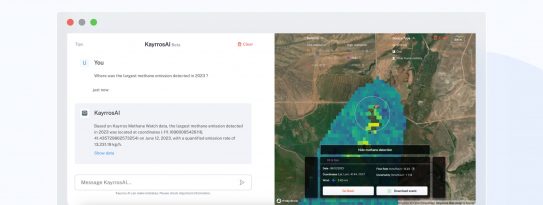TECHNOLOGY
///
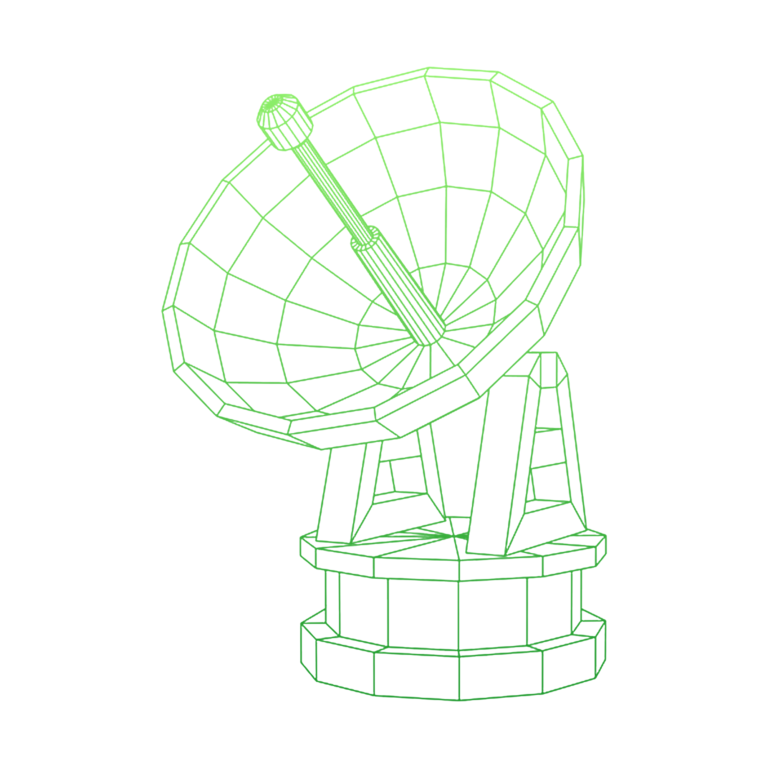
ACCURACY, COVERAGE AND VALUE
Accuracy
Kayrros scientists have authored numerous articles in top-tier, peer-reviewed academic journals. These include:
Global Assessment of Oil and Gas Methane Ultra-Emitters. Science.
Global patterns of daily CO² emissions reductions in the first year of COVID-19. Nature Geoscience.
Comparing national greenhouse gas budgets reported in UNFCCC inventories against atmospheric inversions.
Digital twinning of all forest and non-forest trees at national level via deep learning.
Proceedings of the National Academy of Sciences.
Global Tracking and Quantification of Oil and Gas Methane Leaks from Recurrent Sentinel-2 Imagery.
Environmental Science & Technology
EU carbon emissions from regulated sectors:
Kayrros daily measurements vs. lagged official annual estimates
Cumulative Kayrros Patent Applications
A list of papers citing our results can be found
Kayrros partners with leading research institutions around the world and has filed numerous technological patents.
Kayrros near-realtime data have consistently proven to be a highly accurate precursor of official data releases whenever available.
For example, for two consecutive years, Kayrros daily, near-realtime measurements of European carbon emissions have matched EU lagged annual data with an accuracy greater than 98.5%.
Coverage
Kayrros is a one-stop shop for all climate measurements that matter
Kayrros has mapped all the physical assets that matter the most on a global scale and measures all the parameters that are relevant to the energy transition, ensuring the best and broadest coverage available of energy and the environment.
In processing and analyzing satellite imagery, Kayrros leverages a fast-growing proprietary database of more than 3 million physical assets, to cover all dimensions of the energy transition.
Kayrros measurements include new production capacity, production volumes, flows, inventories, intermediate and final consumption and associated greenhouse gas emissions and pollutants for all forms of energy and associated materials. Kayrros also tracks energy infrastructure growth and models and measures physical risks and damages associated with climate change
.
Daily measurements across tens of parameters and millions of assets create the best possible independent coverage of energy and environment.
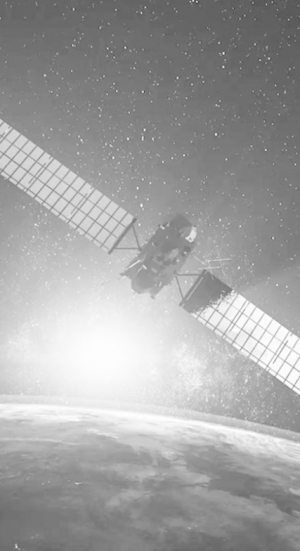
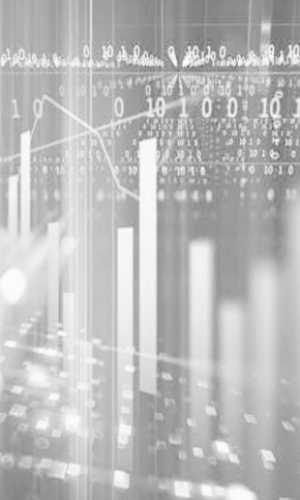
Value
///
AWARDS

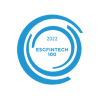

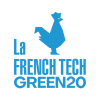

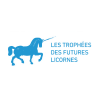
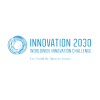

///
RECENT POSTS
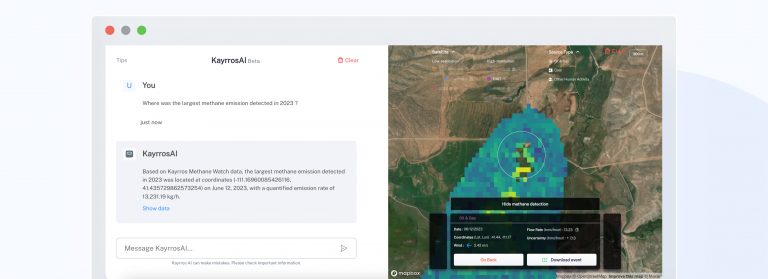
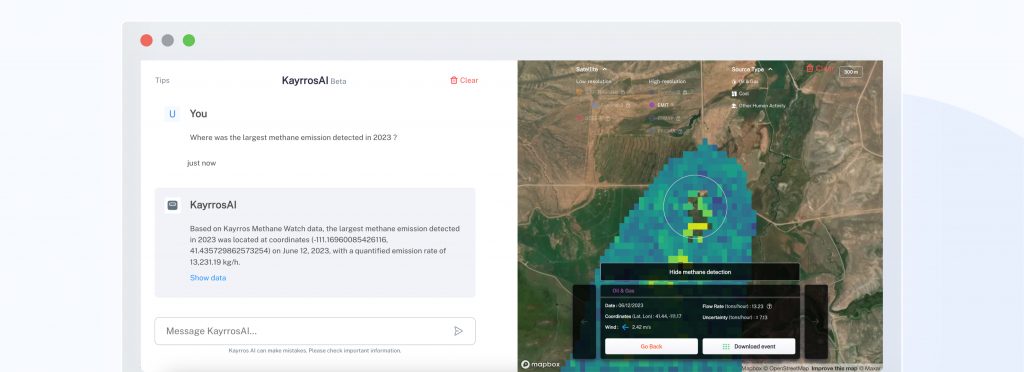
Kayrros releases KayrrosAI, first-of-its-kind methane-focused RAG LLM at COP29
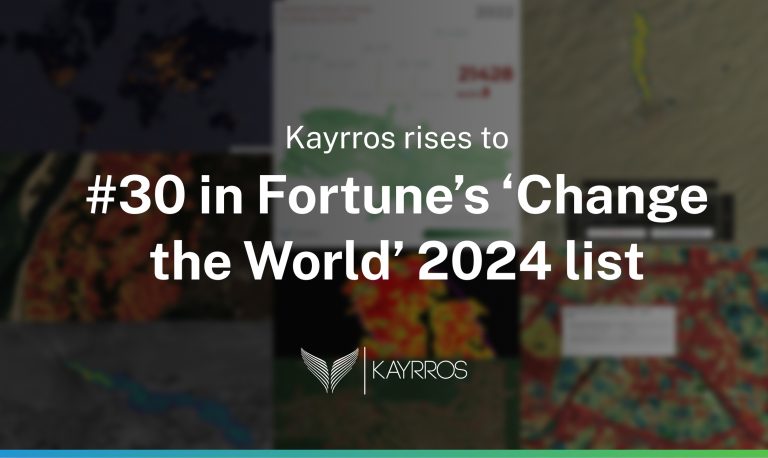
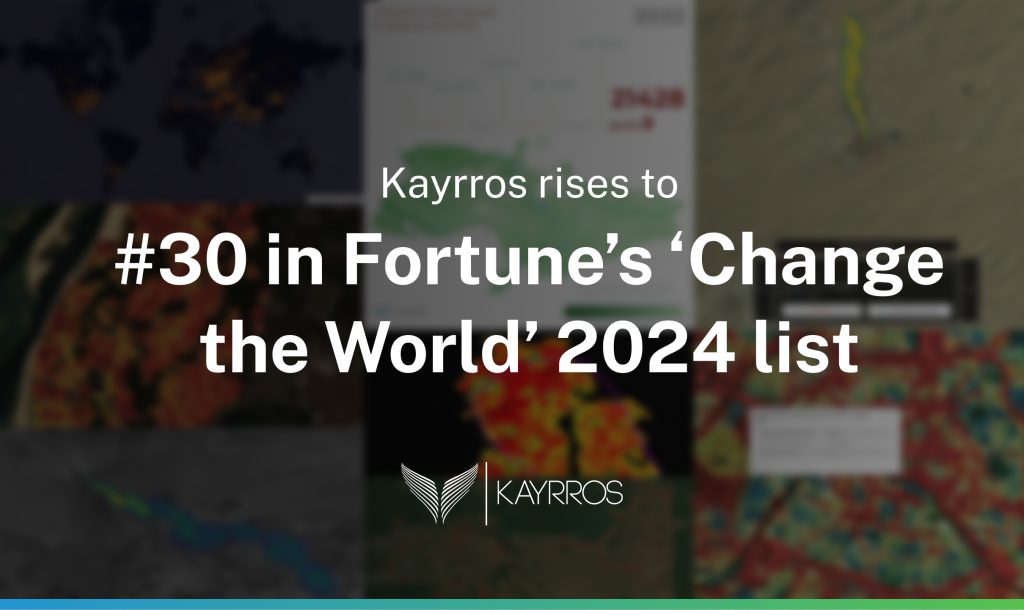
Kayrros rises to #30 in Fortune’s ‘Change the World’ 2024 list
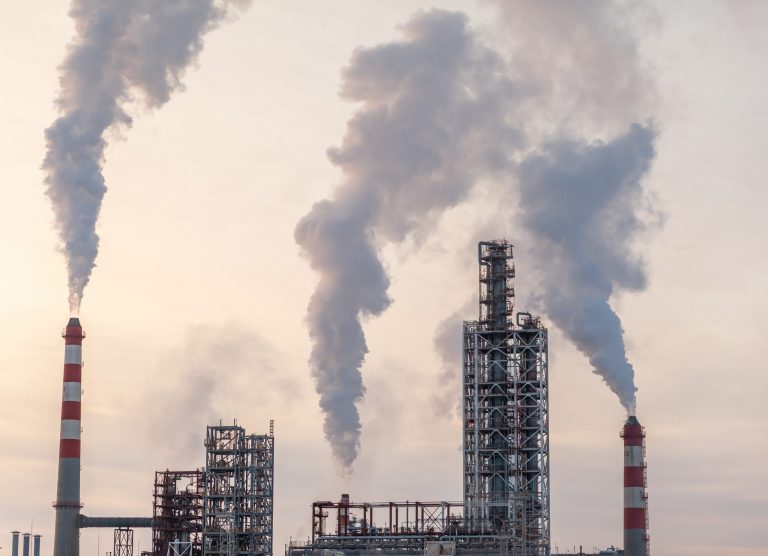
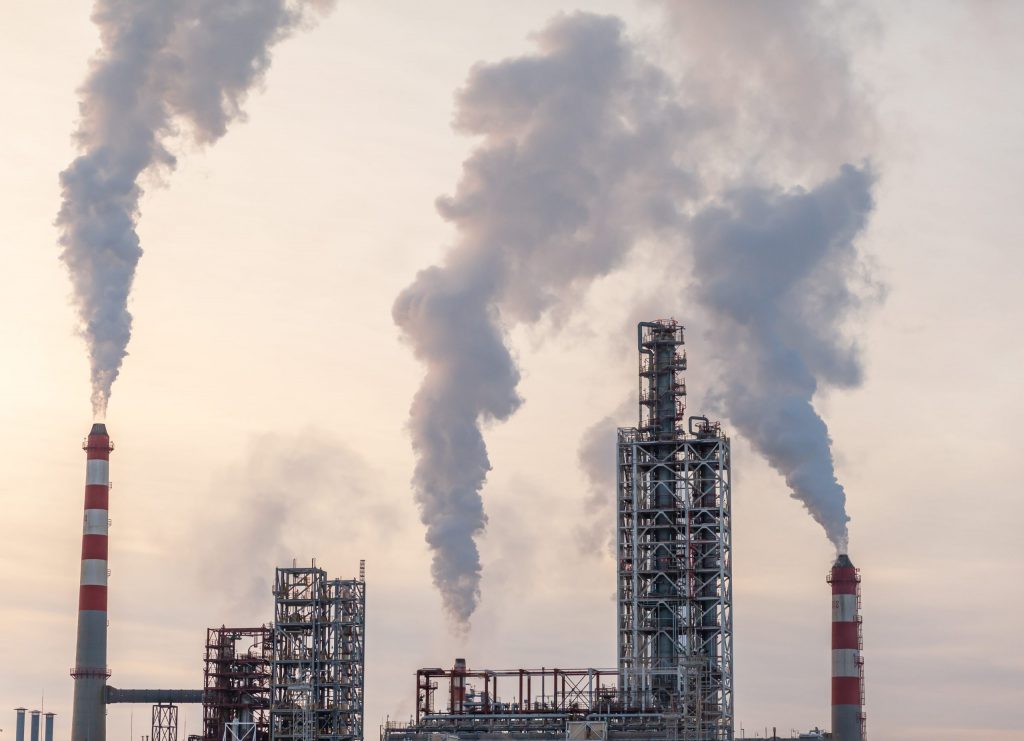
The Global Methane Pledge, Three Years On: Partial Progress Report

